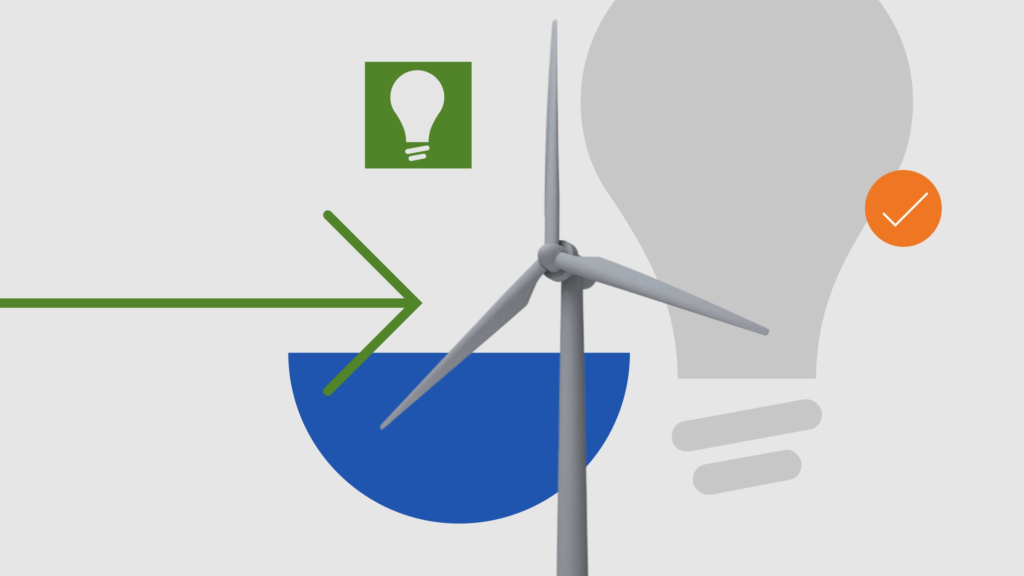For value investors looking at utilities stocks, summer is a time for watching the skies.
Natural disasters like storms and wildfires present key operating and financial risks for utilities and their shareholders. And while the damage is severe to both individuals and utilities, many utilities also anticipate record-breaking peak energy demand from new data centers, manufacturing, and electrification, along with increased customer usage.
The Morningstar US Utilities Index is up 19% this year to date and up 72% from its bottom in late 2023, handily beating the US market. This has limited the attractive long-term buying opportunities among US utilities, but there are still utilities that offer well-supported capital investment plans, good earnings growth, and appealing stock valuations.
Our new report, US Utilities: Searching for Summer Deals, explains how disaster response efforts can lead to investments in clean energy, reliability, safety, and resiliency, and provide important growth opportunities for utilities and investors.
Key Takeaways
- Climate change concerns and energy demand growth are boosting utilities’ growth investments in clean energy, safety, reliability, and resiliency.
- The Southern California fires in January spooked many investors going into the traditional summer wildfire season. We think the market has overreacted, offering some attractive values.
- The May National Oceanic and Atmospheric Administration forecast suggests a more active season than normal with 13-19 named storms. Watch for opportunities to buy high-quality utilities in the Southeast US at better prices.
- Florida, Carolina, and Louisiana utilities remain best-in-class in storm cost recovery. Look for utilities to propose storm-hardening investments that could support higher earnings growth.
Disasters and Demand: Investing in Reliability
Utilities with regulated, mostly fixed customer rates face a significant near-term earnings impact when severe weather strikes.
Regulators often allow utilities to recover those costs through future customer rate increases, but the cash flow timing lag can stretch for years, raising financing costs and slowing earnings and dividend growth.
Regulators in some states deny full storm cost recovery if they determine the utility was too slow to restore services. However, regulators typically stop short of penalties, issuing fines, or other customer rate changes that would create significant credit risk.
Utilities’ valuations remain elevated. Headline-grabbing forecasts drive this fervor, with robust earnings expectations tied to skyrocketing data center growth and reliability investment needs. Many utilities have large investment growth plans that focus on serving new demand with reliable, clean energy. However, many of these stocks trade at premium valuations.
We think the market is overlooking other utilities with cheaper valuations but with similar investment growth plans that can produce at least 6% annual earnings growth.
Wildfires: Are West Coast Utilities Investable?
Within California, the service territories for all three investor-owned utilities—PG&E, Edison International, and Sempra Energy—cover areas with high wildfire risk. The wildfires experienced in 2017 and 2018 were by far the most damaging in US history, and liabilities related to these wildfires led PG&E to file for Chapter 11 bankruptcy in January 2019.
Since PG&E’s bankruptcy, a number of initiatives have worked to protect investors:
- Assembly Bill 1054 aimed to restore PG&E’s financial health and support utilities’ investment-grade credit ratings.
- The California Wildfire Fund now reimburses utilities for claims exceeding USD $1 billion from a wildfire caused by a utility’s equipment if regulators determine the utility is a prudent operator, like other states’ standard.
- California utilities have also implemented or accelerated wildfire mitigation initiatives, including enhanced vegetation management; more investment in system hardening; and public safety power shutoffs on days of high fire risk.
The state is emphasizing electrification to meet its environmental goals while maintaining reliability, safety, and affordability. For California’s electric utilities, this can offer sector-leading growth opportunities.
Because half PG&E’s service territory has been designated a high fire threat by California regulators, the utility receives political and regulatory support to dedicate large-growth investments in wildfire mitigation. Some of these investments include: underground power lines, system upgrades, additional weather stations and drone inspections, and vegetation management.
Hurricanes: Manageable Natural Disaster Risk
Utilities with larger footprints in states with high hurricane probability (Florida, Louisiana, North Carolina) are at greater risk of incurring restoration expenses. However, utilities, on average, have shown a strong track record for managing hurricanes’ customer impact, creating regulatory goodwill.
While investors have become comfortable with most utilities’ ability to handle severe weather, hurricanes result in high restoration costs and increased regulatory risk for recovery of those restoration costs. Utilities’ restoration efforts sometimes also fail to meet stakeholder expectations.
These higher restoration costs suggest climate resilience and mitigation investments will be increasingly critical. For utilities such as NextEra’s NEE Florida Power & Light, this presents an additional opportunity to make storm-hardening investments if they can prove to regulators that the investments are worth it. Utilities that can show evidence of shorter restoration times should also be better positioned to persuade regulators to approve additional storm-hardening investments.

